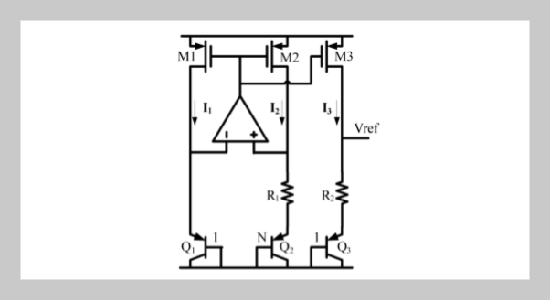Xiuhan Li This email address is being protected from spambots. You need JavaScript enabled to view it.1 and Hanru Zhang1 1School of Electronic and Information and Engineering, Beijing Jiaotong University, Beijing, P.R. China
Received:
July 18, 2013
Accepted:
March 20, 2014
Publication Date:
June 1, 2014
Download Citation:
||https://doi.org/10.6180/jase.2014.17.2.01
A high power supply rejection ratio (PSRR) bandgap voltage reference (BGR) which is used in the signal processing circuit of energy harvesters is presented in this paper. The PSRR of the BGR is improved by adding a pre-regulating circuit and a low pass filter. The pre-regulating circuit mainly improves the BGR PSRR at low frequency and the low pass filter mainly improves the BGR PSRR at high frequency. The BGR is verified by SMIC 0.18 µm 1P6M process. The supply voltage is 2.5 V and the BGR provides a reference voltage of 1.19 V. The simulation results show that the PSRR at 1MHz is about -40 dB and the PSRR at DC region is about -125 dB. Besides, this circuit enhances the line regulation performance. When the supply voltage varies from 2.5 V to 6 V, a stable output voltage can be obtained. The overall current consumption of this design is less than 50 µA under 2.5 V.ABSTRACT
Keywords:
MEMS, Energy Harvester, The Voltage Reference, The High PSRR, The High Line Regulation Rate
REFERENCES
















